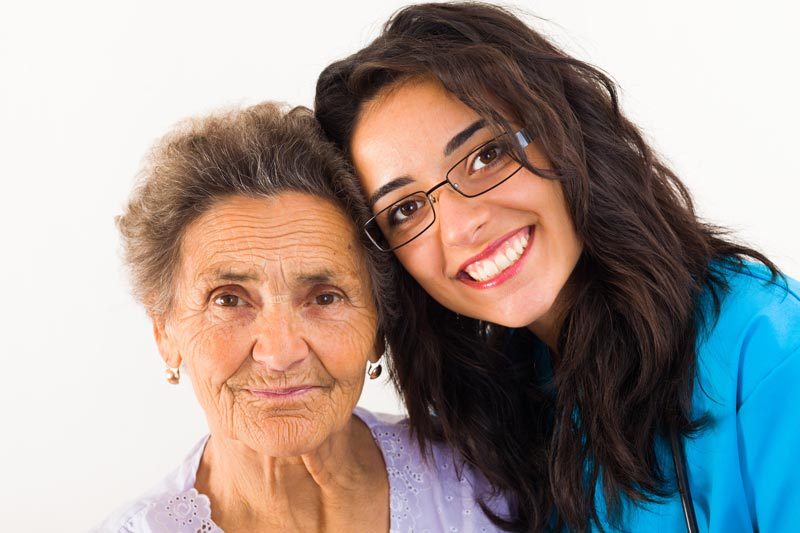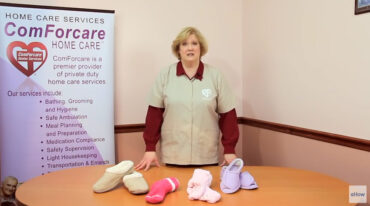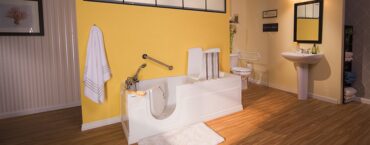According to the Families USA Senior Watch, nineteen to one, older Americans in need of long term care, would prefer to be cared for at home. These older adults who are over 65 years of age have a 19% increase of developing some form of a physical impairment. Those who are 85 years of age and older approximately 55% of these folks presently require assistance with their (ADLs) activities of daily living. Presently the United States has more than 34,000,000 seniors.
According to the National Association of Social Workers News by the year 2030 there will be more than 70 million adults aged 65 and older.
Aging in place:
Aging in place allows the older adult to remain in their present living environment with the additional assistance of family/friends or hired help. The older adult is then allowed to live without the trauma of moving into a new environment. Allowing an older adult to remain safely in their home, preserves dignity, independence, and a sense of control over their life.
The first step is to plan ahead financially. There are many choices as to how to pay for the care.
One way is to purchase a long term care insurance policy that has a choice for home care services.
Another way to pay for care, is to seek information on a reverse mortgage on the elders home.
Additional options to pay for care include: personal savings, annuities, retirement plans, life insurance and equity loans.
The second step is to familiarize yourself with the community resources and the location of the elder.
Many community services are free or low cost and accessible in populated areas.
The rural areas can be more difficult to locate resources that will service that area on an ongoing basis.
Community services include: meals on wheels, case management, senior centers, adult day care centers, agency home care, home modification programs, lifeline services, and home sharing.
The third step is to assess the home environment and make modifications to create a safe living environment for the elder.
This can include installing grab bars in the bathroom, removing all loose rugs, making sure all smoke detectors work, remove fire hazards such as clutter in the garage, install a fire extinguisher in the home, make sure all outlets are working properly and that there are no broken or exposed wires.
Make sure this is proper lighting in the hallways, bathrooms. If there are stairs assess the elders ability to use them.
Resources :
The National Alliance for Caregiving www.caregiving.org
National Family Caregivers Association www.nfcacares.org
800-896-3650
Children of Aging Parents www.caps4caregivers.org 800-227-7294
National Association for Home Care and Hospices www.nahc.org
202-547-7424
National Adult Day Services Association www.nadsa.org 800-558-5301
National Respite Network www.respitelocator.org
AARP www.aarp.org 888-687-2277
The National Association of Area Agencies on Aging www.n4a.org
202-872-0888
National Institute on Aging www.nih.gov/nia 301-496-1752
The National Association of Professional Geriatric Care Managers
www.caremanager.org 520-881-8008
Meals on Wheels 800-999-6262
Community Transportation Association of America
www.ctaa.org 800-527-8279
The National Committee for the Prevention of Elder Abuse
www.preventelderabuse.org 508-793-6166
www.homemods.org This provides information on home modification for seniors
www.howtocare.com This web site provides information on how to modify the home for an elder
www.agelessdesign.com This web site provides information on home modification
Related items
With What Things Should We Have Outside Help For Eldercare?
THIRD IN A SERIES: EASY ANSWERS TO TOUGH QUESTIONS ABOUT ELDERCARE
You can read the first
Retrofitting Your Home for Comfortably Aging in Place
Creating a safe and comfortable home environment is essential for any senior who wants to






